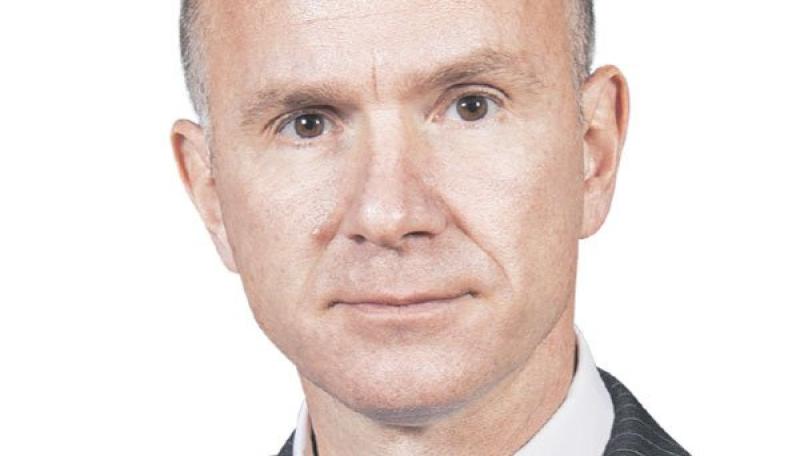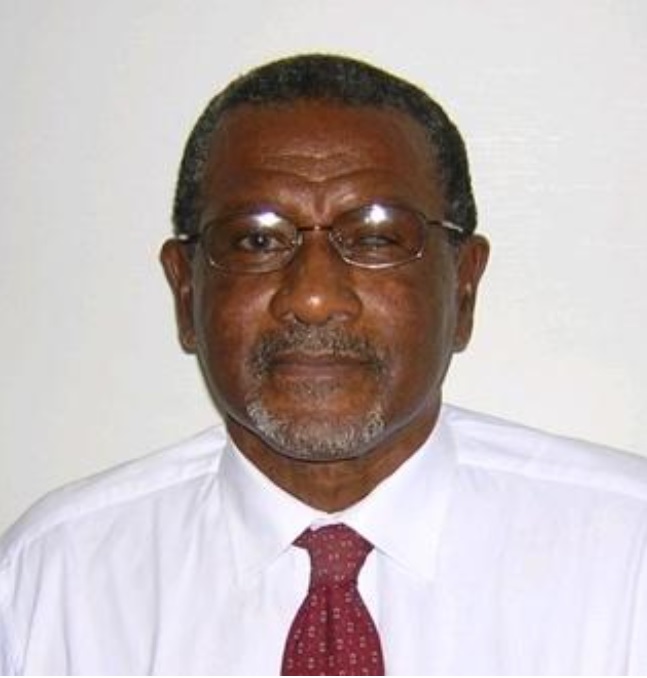We live in vulnerable energy times. The energy crisis, climate change and energy transition are all shaking and shaping the global future.
“The energy realities of the world remind us that oil and gas will be here for decades to pivot a just, affordable and secure energy transition,” as John Hess, CEO of Hess Corporation, mentioned during the International Energy Conference and Expo in Guyana in February 2023.
As someone said, vulnerability is the birthplace of innovation and technology is the driving force behind progressive changes. Nevertheless, how can Guyana play a vital role in reordering energy security?
“By embedding innovation earlier in the process, Guyana can skip several steps and avoid what most economies went through” this idea was emphasized several times during the same conference. “If we integrate innovation into Guyana’s process today, there might be some accelerated success.”
Guyana can play an essential role in balancing the global energy supply and demand markets and address the energy crisis by becoming a top crude oil producer globally. This can be achieved by attracting oil and gas operators, service companies and solution providers that bring innovative technologies with them to market. The local leadership should be educated on the latest technology trends and how their application can increase safety, improve production, optimize the equipment, reduce the risks and human-induced errors. Technologies like IoT platforms for remote monitoring; AI-enabled platforms for an intelligent decision-making process to increase the ROI; robotics & automation used in inspection, surveying and maintenance to 3D modeling, cloud computing and a digital twin can accelerate this success. The goal is to become competitive in the global oil and gas market and this can be achieved by attracting and establishing partnerships with companies that can bring increased efficiency and productivity to the local oil and gas operations, from exploration and production to storage and transportation. For example. Saudi Aramco is one of the most innovative oil and gas companies. Back in 2013, Saudi Aramco announced that it will be spending tens of billions of dollars on technology and research to make the oil last longer and develop other energy resources that future Saudi generations can someday export.[1] Ten years later, these investments are paying off. Not only is Saudi Aramco now the largest oil producer in the world, but it hit a record $161 billion profit for 2022, the largest annual profit ever recorded by an oil and gas company.[2]
For Guyana, this means that improvements in regulations, a transparent, secure and competitive environment for foreign investment, and incentives from the government can serve as catalysts for technology and innovation. Collaborating with universities and creating a business innovation hub mentality for young entrepreneurs with government support, like loan guarantees, grants, and tax credits, will also spur the industry.
Innovative technology will play a critical role in climate change. The oil and gas sector must reduce its emissions by at least 3.4 gigatons of CO2 equivalent a year by 2050 —a 90 % reduction in current emissions.[3] The current technologies can address most of the oil and gas emissions. At the extraction & drilling phases, solutions like energy efficiency, electrification and carbon capture and storage can make a significant difference. Many companies have adopted techniques that can substantially decarbonize operations—for example, improved maintenance routines to reduce intermittent flaring and vapor-recovery units to reduce methane leaks. In 2015 the World Bank launched the “Zero Routine Flaring by 2030 Initiative,” targeting rapid and significant reductions in routine flaring and ensure that developing countries are working to end poverty and build shared prosperity in a sustainable manner. It is worth mentioning that new Guyana’s FPSOs, starting with Exxon’s Liza Destiny are designed to avoid routine flaring. [4]
Guyana today can become a world leader in setting a benchmark around flaring and is possible for the country to achieve zero-flare objective, because “from day one the right solutions and the right technologies were properly planned and properly positioned in order to enable the extraction and the production with almost zero carbon footprint”, as the Emissions Director at Schlumberger vocalized about a year ago.[5]
Companies are proactively looking for ways to reduce the emissions around their operations. For instance, ExxonMobil’s plans include spending more than $15 billion through 2027 to reduce emissions from company operations and investing in lower-emission business opportunities to help others reduce their emissions. Some of that money will be spent in Guyana, whereby 2027, their operations are expected to have about 30% lower greenhouse gas intensity than the average of their upstream portfolio.
The most carbon intense producing areas are power production, heavy-duty transportation, distribution, and transmission; therefore, technology for these areas is crucial. Service companies like Baker Hughes and Halliburton approach the Guyanese oil market with carbon reduction technology in mind. Halliburton, for example, is deploying dual-fuel technology in the pumping systems to reduce its emissions profile.
In the energy transition journey, one option is to implement initiatives that offset emissions by tapping into natural carbon sinks, including oceans, plants, forests, and soil; these remove emissions from the atmosphere and reduce their concentration in the air. Carbon credits are a market mechanism that can help oil companies, countries and the world meet their lower emission goals. Before purchasing carbon credits, companies have to invest in the technological innovations, improved management practices, and asset turnover needed to reduce greenhouse gas emissions from their business operations. Once companies have reduced their greenhouse gases as much as feasible, they can use carbon credits to offset their remaining emissions and thus make more rapid climate progress. Guyana received its first carbon credits payment of US$75 million in January 2023, under an agreement with Hess Corporation worth a minimum of US$750 million carbon credits purchased by 2030. The payment is a result of the government’s continued recognition of the important role that Guyana’s forests play in not only the development of the country but in combatting climate change globally, guided by the ground-breaking Low Carbon Development Strategy (LCDS) 2030.[6]
Innovations and technologies are key to the energy transition, from floating wind farms to solar PV farm developments, waste-to-fuel projects and green hydrogen, shaping Guyana’s energy transition and future. All this requires not only massive financial support but an innovation-oriented and technology-friendly environment, with a strong emphasis on education, training and research.
Nevertheless, the decision in Guyana on what technologies to adopt and how much to innovate will have a big impact on results over the long term and the government should base it on a clear vision and roadmap.
Cristina Caus is an international oil and gas business developer and consultant and holds a master’s degree in international business from Florida International University.
[5] https://www.kaieteurnewsonline.com/2022/02/18/schlumberger-urges-zero-flare-operations-in-guyana/
[6] https://www.stabroeknews.com/2023/01/11/news/guyana/hess-makes-us75m-first-payment-for-guyana-issued-carbon-credits/






